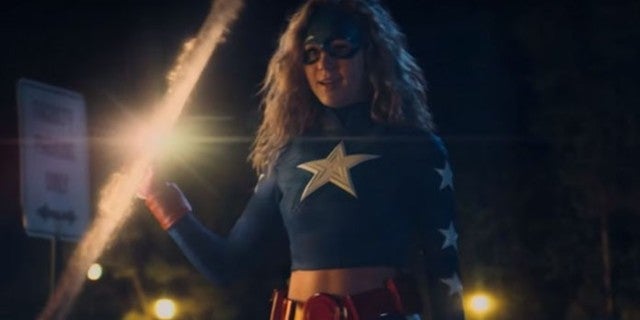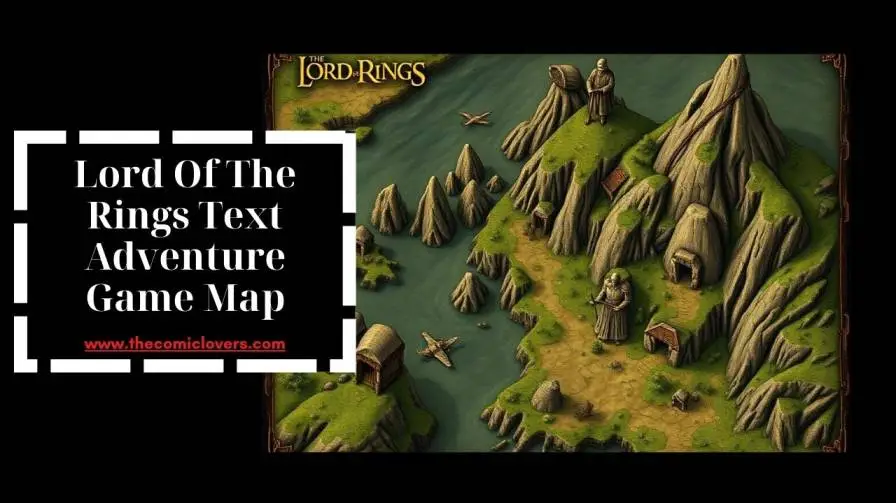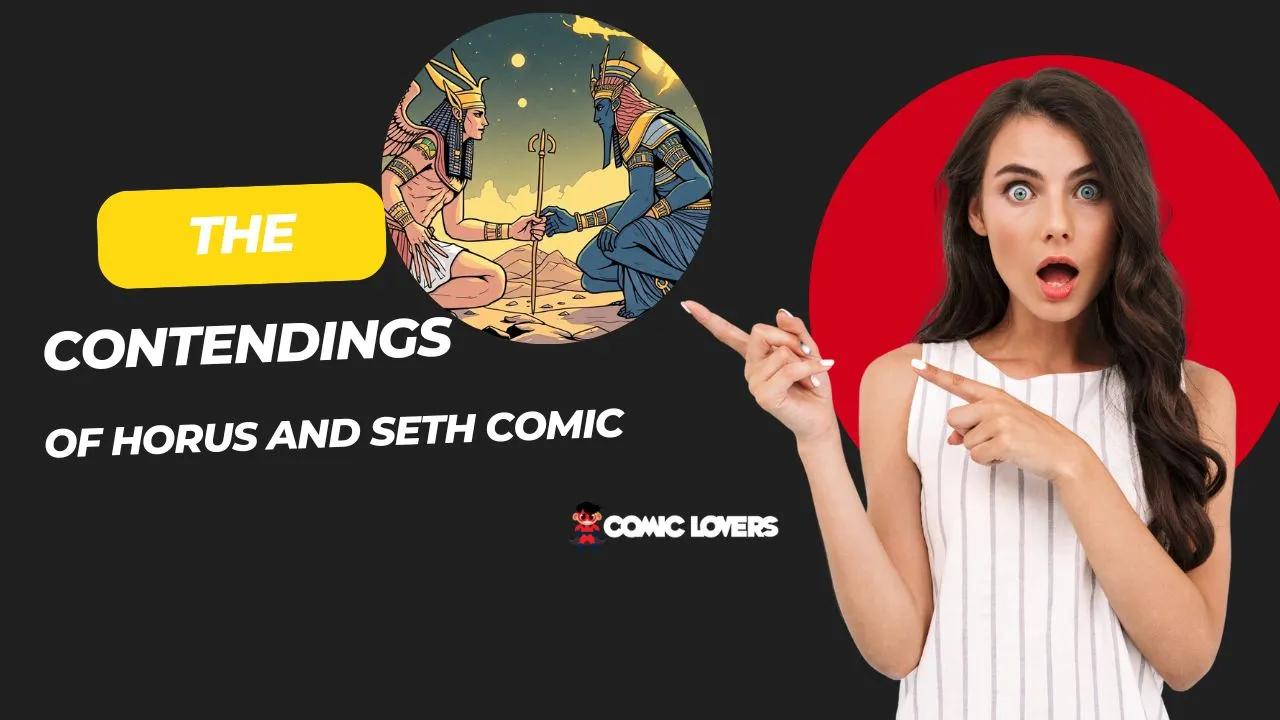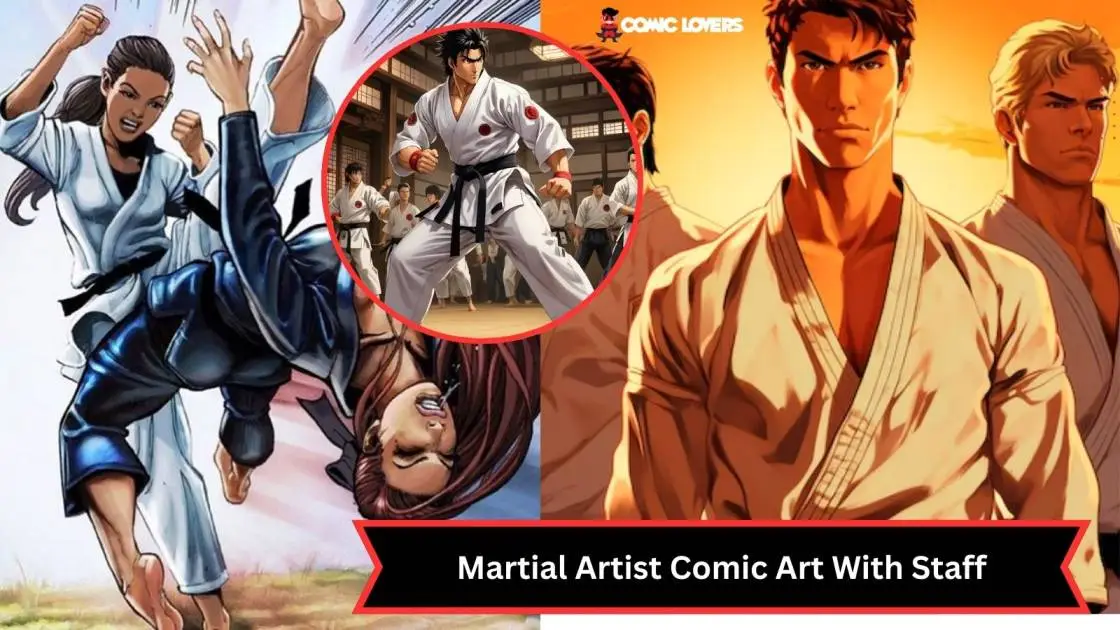Dungeons & Dragons: Honor Among Thieves is the latest high-budget live-action family mucosa to hit cinemas. Like the popular tabletop game Dungeons & Dragons — on which the movie is based — it follows a group of fantasy creatures (created and portrayed by the players) as they go on a quest of some sort. If this sounds like it has all the makings of an venture story starring an variety of notation who come together without leading all variegated lives, that’s considering it often does. This is something that definitely carries forward into the movie, as Honor Among Thieves does the “found family” trope largest than pretty much any other blockbuster in recent memory.
While the driving motivation for the film’s protagonist (Chris Pine’s Edgin Davis, a bard-turned thief) is to bring his biological daughter home and revive his deceased wife, the zillion of his screen time is spent with the other thieves he has pulled together to help him get the job done. There’s Michelle Rodriguez‘s Holga, a vulgarian Edgin befriended soon without his wife died, Justice Smith’s Simon, a burgeoning sorcerer who needs to learn to utilize his magic largest in order for the quest to be successful, and Sophia Lillis’ Doric, a shapeshifting druid who is new to the reunited team but fits in fairly quickly.
When Simon needs to master the power of the Helm of Disjunction, he sees a vision of one of his siblings telling him he’ll never be worldly-wise to do so and spends hours upon hours trying to prove him otherwise. It’s only when he stands up for himself and attacks said prototype that he is worldly-wise to take tenancy of the helmet. It’s noteworthy that while his biological family member is telling him he can’t do it, it’s Edgin who is encouraging him to alimony trying. It’s fairly understated in the film, but while Edgin is trying to get his daughter back, it seems like he may be a surrogate father of sorts to Simon — who he is shown to have worked with in a wreath of thieves prior to the main events of the mucosa — and possibly plane Doric as well, despite not knowing her for as long.

But the most prominent example of how seriously this movie takes its found family element comes in how the romantic storylines of Edgin and Holga are handled. While the two are shown to have met soon without their respective relationships ended (Holga had recently gone through a divorce with a halfling) the movie makes it well-spoken from the get-go these two are nothing but platonic and sticks to that. This is refreshing, expressly since it would have been very easy for the filmmakers to pull the “best friends to lovers” trope given that they’re the only two “adults” virtually for most of the movie. Plus, they both still need closure from their lost relationships, plane without quite a few years have passed.
Holga doesn’t want to see her ex, but it becomes necessary when the group has to go to her homeland to do an errand as part of the mission. She ends up having a nice conversation with him, during which he shares his hopes that plane though things didn’t work out between them, she will find the family she deserves. Edgin isn’t worldly-wise to have a similar talk with his late wife, but manages to let go and move forward in a major moment at the end of the film.
After several big battles, all of the villains have been defeated, and all that’s left to do is use the much-sought-after tablet of resurrection to bring when Zia, the wife of Edgin and the mother of their daughter, Kira. However, it turns out Holga has been fatally wounded, and Kira is distraught. A little older in the movie, Edgin acknowledges the reason he wants to bring Zia when isn’t considering she was Kira’s mother — Zia died when Kira was a baby, so she doesn’t remember her — but considering she was his wife. It then dawns on him that Holga is Kira’s true mother figure. Maybe the title of aunt is increasingly appropriate, given the relationship between her and Edgin, but the main sexuality role model in Kira’s life nonetheless.

The nomination Edgin faces here is to save his nuclear family — the one he’s been fighting for the unshortened movie — or his found family. Once it becomes well-spoken that for Kira, the latter is her family, the visualization is easy. This is an wondrous ending considering it shows that the nuclear family isn’t the be-all, end-all of life that everyone must aspire to have. In a lesser movie, Holga would be the big sacrifice, the one who allows herself to be killed in order to repay Edgin for taking her in so he can have the life he unchangingly wanted (the implication stuff that he’s the one with a wife and biological child, so he “deserves” to live increasingly than she does). But Honor Among Thieves is well-nigh the significance of found family, and it sticks to that.
Even the ending reiterates the importance of the cadre group of thieves we’ve been pursuit for the past two hours. They’re all hanging out together, ready for increasingly adventures, when many other films would be happy to simply have them go their separate ways at the end of the story. But for the notation of Honor Among Thieves, it isn’t just well-nigh getting the job done, it’s well-nigh the friends — and plane the family — they made withal the way.
The post How the D&D Movie Nails the Found Family Trope appeared first on ComingSoon.net - Movie Trailers, TV & Streaming News, and More.







